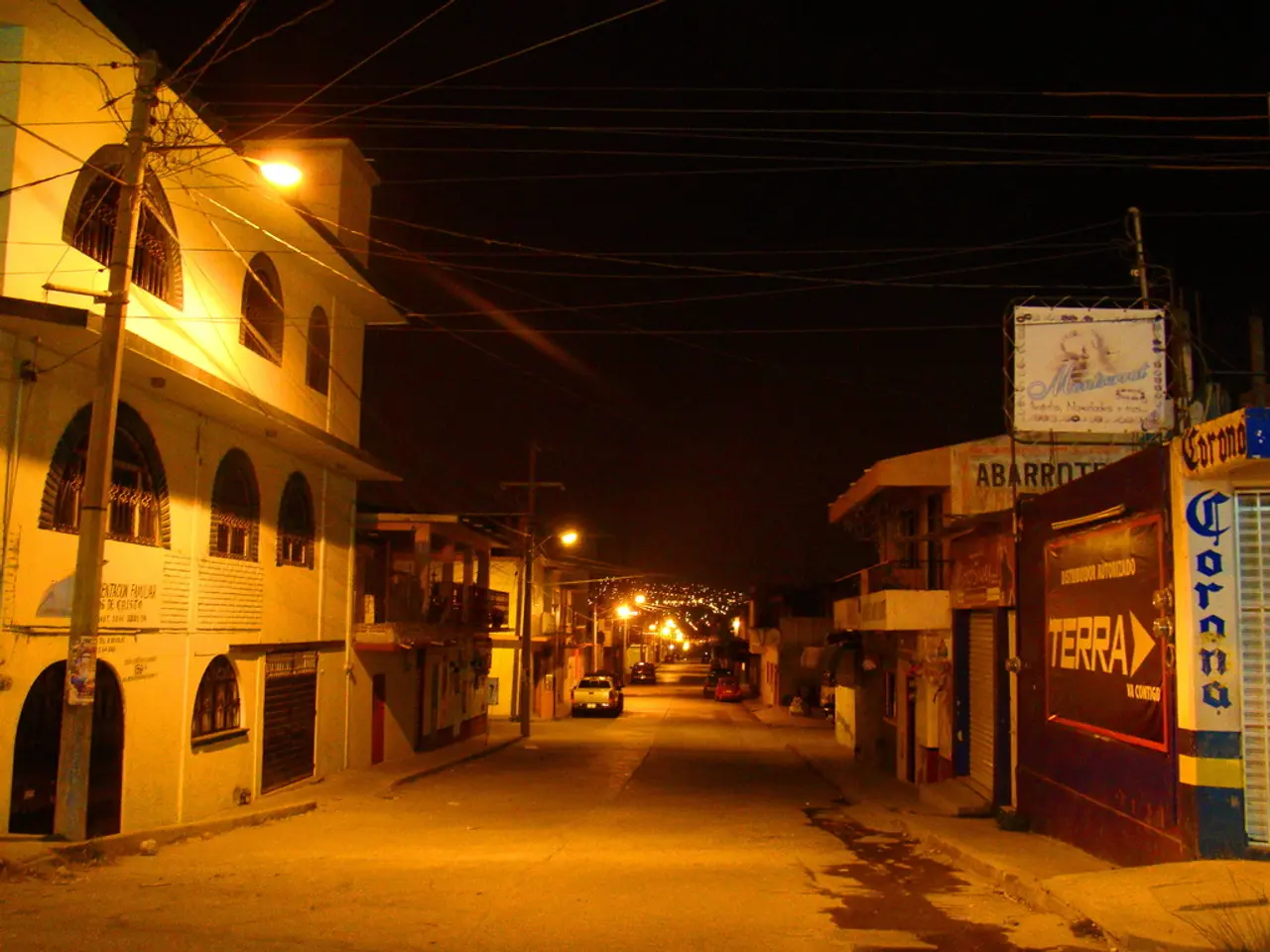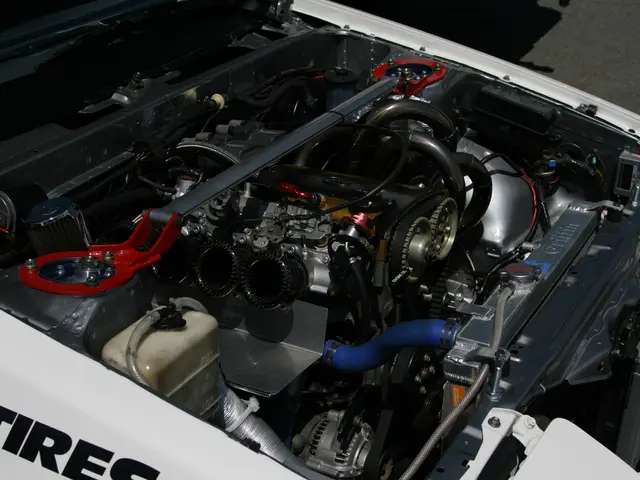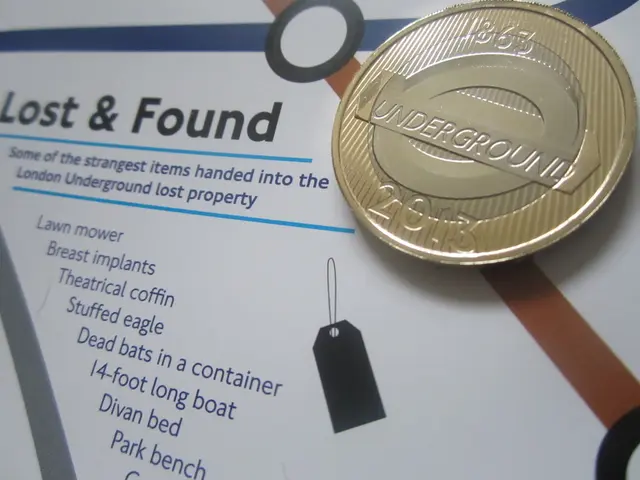INEES Project Proves Bidirectional EV Charging Feasibility
The INEES project, active from 2012 to 2015, brought together Volkswagen AG, LichtBlick SE, SMA Solar Technology AG, and Fraunhofer IWES. Their collaborative effort explored the integration of electric vehicles (EVs) into the power grid.
SMA Solar Technology AG developed a bidirectional DC charging station, enabling EVs to feed energy back into the grid. Volkswagen equipped 20 'e-up!' cars with this function for a one-year fleet trial. LichtBlick integrated these EVs into the energy market using its 'SchwarmDirigent' control software.
The project, coordinated by Bayern Innovativ's Cluster Energietechnik, aimed to investigate EVs' potential in grid balancing and stabilization. While EVs offer significant storage potential for grid fluctuations, providing reserve power through an electric vehicle pool is not yet profitable under current conditions. However, future legislative changes and technical developments could improve profitability.
The INEES project demonstrated the feasibility of bidirectional charging and EV integration into the power grid. Despite current profitability challenges, future research aims to connect electric mobility more closely with the energy industry, potentially transforming grid management and EV economics.








